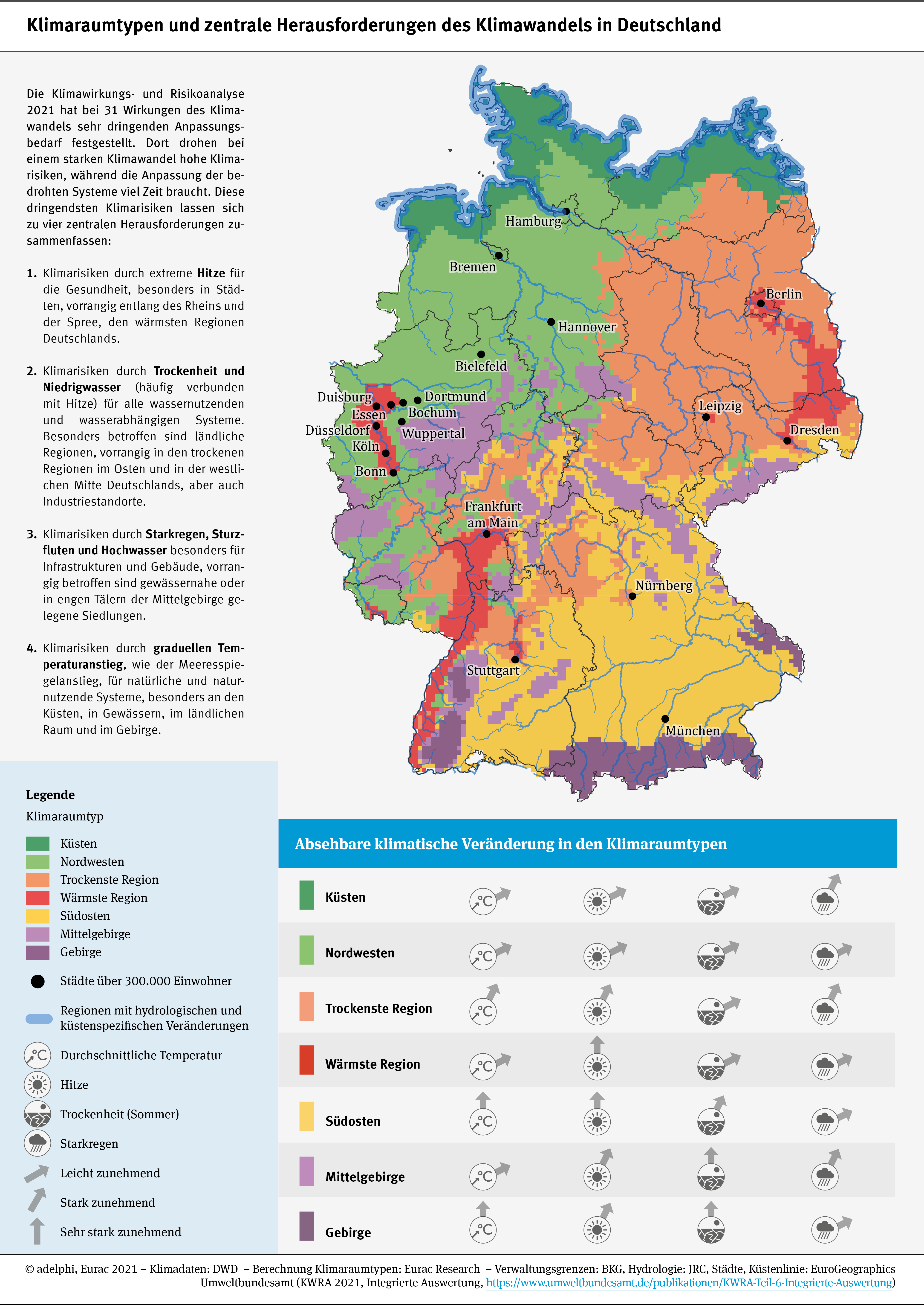The fifth part of the online workshop series "Climate Change and Zoonoses" addressed how the environment and land use changes can influence the spread and occurrence of zoonoses. The event was hosted by the German Research Platform for Zoonoses and the Academy of Public Health in Düsseldorf.
The One Health concept acknowledges the connection between the health of humans, animals and the environment. Although this basic idea is now widely accepted in society and science, the environmental aspect is often neglected in practical implementation. It is only in recent years that the linking of veterinary/medical issues with environmental aspects is increasingly taking place.
Dr. Birgit Habedank also observes this in her work for the Federal Environment Agency (UBA). At the workshop, the biologist pointed out the important interaction of hosts, pathogens and vectors with their environment. The environment, in turn, is influenced by climate change. Therefore, UBA has dedicated several publications to the impact of climate change on vector species (mosquitoes and ticks) [1] [2]. Climate impact and vulnerability analyses for Germany have shown that climate change impacts in Germany may vary considerably regionally in the coming years (Fig. 1). Accordingly, the impacts on pathogens, vector species and host species will also be regional.

Fig. 1: Types of climate zones in Germany and key challenges of climate change in Germany, source: Federal Environment Agency (Umweltbundesamt, UBA)
In order to address this complex problem, Dr. Habedank called for interdepartmental cooperation. In addition, a high data density is needed in order to be able to make valid recommendations for policy. The bundling and pooling of data sets from research is therefore an important task for the future, she said.
One researcher who can provide such data is Prof. Simone Sommer. The biologist heads the Institute for Evolutionary Ecology and Conservation Genomics at the University of Ulm. Her research focuses on the effects of environmental change on wildlife health and zoonotic diseases in different countries, such as Panama, Costa Rica and South Africa. One important environmental change is the decline of biodiversity in many ecosystems worldwide. This loss of species diversity and abundance alters infection events by affecting transmission and mutation probabilities. Ecological disturbances thus also influence zoonoses.
Fig. 2: Puzzle of life, European Commission coalition for biodiversity
The underlying mechanisms are often very complex. For example, Prof. Sommer and her team were able to show how the environment can influence the microbiome of animals, which in turn can alter their susceptibility to infection [3]. Thus, with the use of pesticides in agriculture, the fragmentation or destruction of habitats, and the creation of new contact surfaces between humans, domestic animals, livestock, and wildlife, humans influence their environment in many ways and thus also the occurrence of zoonotic diseases.
Consequently, Prof. Sommer concluded her lecture with the statement, "...we are only one piece of the great puzzle of life." It follows that in everything we do, we affect the entire system. A One Health approach to zoonotic disease control is therefore imperative. To see the bigger picture, we need to move beyond compartmentalization of the specialized disciplines.
Text: Dr. Dana A. Thal, German Research Platform for Zoonoses
Further links:
Klimawandel und Zoonosen – Teil 1
Klimawandel und Zoonosen – Teil 2
Klimawandel und Zoonosen – Teil 3
Klimawandel und Zoonosen – Teil 4
Literature:
[1] Auswirkungen des Klimawandels auf die Verbreitung krankheitsübertragender Tiere: Importwege und Etablierung invasiver Mücken in Deutschland, Egbert Tannich, Umweltbundesamt, Umwelt & Gesundheit 09/2015
[2] Auswirkungen des Klimawandels auf die Verbreitung Krankheitserreger übertragender Tiere (exotische Stechmücken), Egbert Tannich, Renke Lühken, Artur Jöst, Umweltbundesamt, Umwelt & Gesundheit 03/2020
[3] The fungicide chlorothalonil changes the amphibian skin microbiome: a potential factor disrupting a host disease-protective trait. Jiménez RR, Alvarado G, Mena F, Ruepert C, Ballestero E, Sommer S (2021) Applied Microbiology, 1, 26–37.



